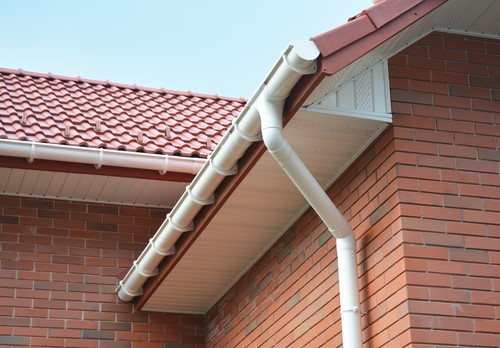The idea of having a hot tub on your deck can be incredibly enticing. Picture yourself soaking in warm, bubbling water, enjoying the outdoors and the company of friends or family. However, before you take the plunge into hot tub ownership, it's crucial to understand the significance of factoring in the weight of the hot tub when designing and building your deck. Failing to consider this can lead to structural issues, safety concerns, and costly repairs down the line. In this blog post, we'll explore why the weight of a hot tub matters, what considerations are involved, and how to ensure your deck can handle the load.

Understanding the Weight Impact
Hot tubs vary in weight depending on their size, material, and the amount of water they can hold. An average hot tub might weigh around 2,500 to 3,000 pounds when empty. However, when filled with water and occupants, that weight can easily exceed 5,000 pounds or more. This is a significant load that your deck must bear without compromising its integrity.
Considerations for Deck Design
Structural Capacity: Before adding a hot tub to your deck, you must determine if your deck's current structure can handle the added weight. Consult a structural engineer or a professional deck builder to assess the load-bearing capacity of your deck's foundation, beams, and support posts.
Deck Material: The type of material your deck is made of plays a critical role. Wood, composite, and other decking materials have varying load capacities. Some may require additional reinforcement to support the weight of a hot tub.
Footings and Supports: If your deck's existing footings and supports are not designed for the added weight, they may need reinforcement or even replacement. The size, spacing, and depth of these elements are important factors to consider.
Deck Placement: The location of your hot tub on the deck matters. Placing it near the perimeter might put more stress on the outer framing, while placing it closer to the center can distribute the weight more evenly.
Access to the Hot Tub: Creating easy and safe access to the hot tub is vital. Consider factors like steps, handrails, and the path from your home to the hot tub location.
Permitting and Codes: Local building codes and regulations often dictate weight limits for decks. Ensure your deck meets these requirements to avoid legal issues and ensure the safety of your structure.
Reinforcing the Deck
If your current deck is not designed to accommodate a hot tub's weight, reinforcing it is essential. Here are some common methods:
Additional Support Posts: Adding extra support posts beneath the deck can help distribute the load and reduce strain on existing supports.
Upgraded Beams and Joists: Replacing or supplementing existing beams and joists with stronger materials can increase load-bearing capacity.
Bracing and Cross-Bracing: Adding diagonal bracing can provide added stability, preventing excessive swaying or sagging.
Concrete Footings: If your existing footings are not adequate, installing new footings designed for the hot tub's weight can improve overall stability.
Building a deck to support a hot tub involves more than just aesthetics; it's about safety and long-term structural integrity. The weight of a hot tub is a significant factor that demands careful consideration during the deck design and construction phases. Partnering with professionals who understand load-bearing principles and local building codes will help you create a sturdy and safe deck that enhances your hot tub experience for years to come. Remember, a well-designed deck not only supports the weight of your hot tub but also ensures your peace of mind while enjoying your outdoor oasis.
Tags
Subscribe to Hutcherson Construction's Blog








Comments